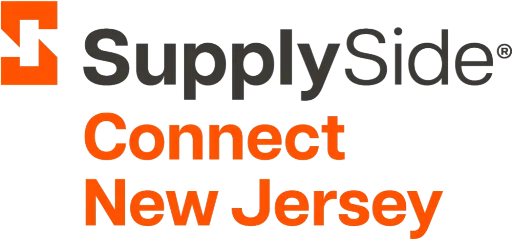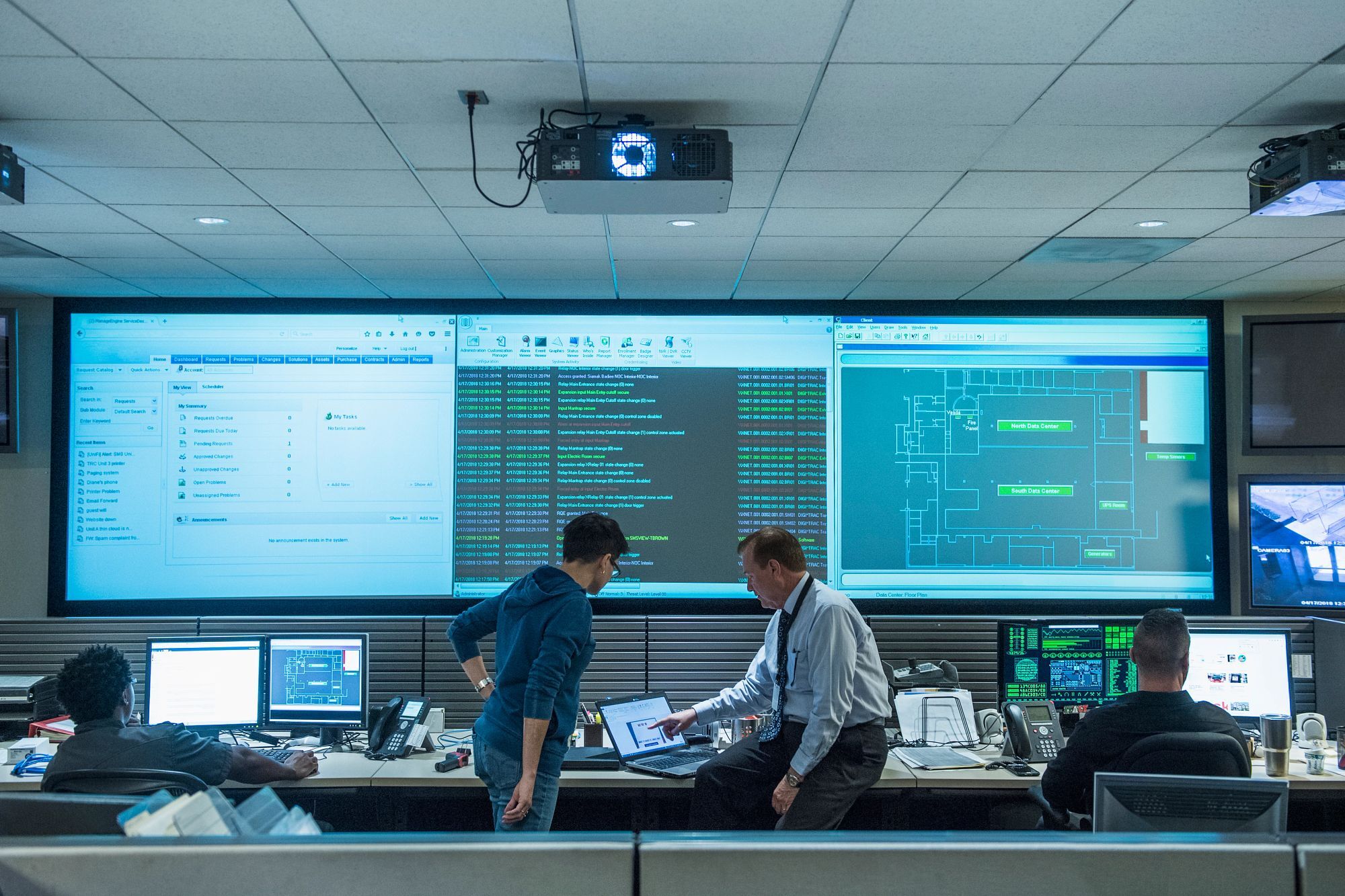Successful Preparation for a Regulatory Inspection: What You Need To Know

Regulatory inspections can be a source of anxiety and uncertainty for many organizations. However, with the right knowledge and preparation, inspections can also be an opportunity to strengthen your operations, demonstrate your commitment to compliance and quality, and identify opportunities for continuous improvement.
This guide, by NSF’s Ian White, an ex-MHRA inspector in the UK, will give you insights into what to expect during a regulatory inspection, how to navigate common pitfalls, and how to respond to deficiencies effectively.
Preparing for an inspection
Before an inspector arrives on-site, there are several crucial steps you can take to prepare yourself and your organization for a regulatory inspection.
Communication with authorities
In most cases, authorities require you to provide some information upfront, usually in the form of a pre-inspection compliance report. This report is an essential opportunity to start building a positive relationship with the inspector and provide insights into your organization's culture. Additionally, inspectors may request further information upfront, such as deviations, OOS investigations, change controls, and validation master plans.
Inspectors often perform data analysis before the inspection, using the information you provide. This analysis allows them to come prepared with specific examples and areas of focus. Understanding the type of data analysis inspectors perform and the techniques they use can help you review your data and identify any potential areas of concern.
Responding to these requests promptly and effectively helps establish a cooperative atmosphere and demonstrates your commitment to compliance.
The opening meeting
The opening meeting sets the stage for the inspection and provides an opportunity for you to highlight your organization's commitment to compliance and quality.
Importance of senior management's involvement
As stated in chapter one of EU GMP, senior management is responsible for quality. The entire leadership team must be involved in the opening meeting. This involvement sends a strong message to the inspector that quality is not just the responsibility of the quality team but is a priority for the entire organization.
Positioning your site favorably
The opening meeting is an excellent opportunity to highlight investments and changes being made on-site, such as in the facility, equipment, or people.
Addressing concerns proactively
During the opening meeting or immediately afterward, consideration should be given to communicating any significant quality events or trends that have been identified. By taking ownership of these issues and explaining the steps you are taking to address them, you can control the narrative and demonstrate a proactive approach to compliance and quality. It is better to address these concerns upfront rather than wait for the inspector to discover them on their own.
What inspectors look for
Inspectors are primarily focused on ensuring that organizations operate in compliance with the latest regulations and maintain a state of control. Understanding how inspectors approach their evaluation can help you prepare effectively for an inspection.
Compliance with legislation
One of the most important aspects of an inspection is verifying that your organization operates in compliance with the latest version of the legislation applicable to your industry. This includes ensuring adherence to regulatory requirements, guidelines, and standards. Inspectors might review standard operating procedures (SOPs) and other documentation to ensure that your organization has clearly defined processes in place.
State of control
In addition to compliance, Inspectors look to ensure your operations are operating within a state of control. They achieve this by looking at various factors for example, they will review the data presented at Management Review, they will expect that you can demonstrate compliance with timelines stipulated in SOPs and they will look to ensure investigations are progressed to closure promptly. Additionally, inspectors may request access to specific areas or equipment to perform inspections, such as checking vessel surfaces or seals for integrity.
Importance of training and competence
Significant importance is placed on the training and competence of individuals in your organization. They want to ensure that employees have been adequately trained, understand their roles, and can demonstrate competence in executing their tasks. They evaluate the training and competence of individuals responsible for executing specific roles.
Inspectors may also observe operations firsthand to ensure that employees are following procedures correctly and demonstrate a comprehensive understanding of their roles. Training operatives to respond to questions solely with "I'd refer to my SOP" is not seen as a positive approach.
Inspectors want to see that employees have a deep understanding of their responsibilities and can explain their actions beyond simply referencing procedures. However, operators should feel confident in telling an Inspector that they would escalate to their line manager or refer to a procedure if they are unsure of the answer.
Observation and process understanding
Inspectors dedicate time to observing operations and processes within your organization. This includes observing employees as they perform their tasks to develop their understanding of the flow of processes. They might ask questions or request explanations to ensure that employees have a comprehensive understanding of the processes in which they are involved. By observing and questioning, they aim to assess the level of process understanding, determine that operators understand risk both in what they are doing and how that can impact downstream, and identify any potential areas of concern.
Gowning up and in-person operations observation
Inspectors may request to gown up and enter specific areas including, where necessary, Grade B environments, to observe operations firsthand. This is particularly important when visibility is limited. Ensuring that you have appropriately sized gowns and gloves in stock is crucial to facilitate these inspections. It is common for an Inspector to request tools to inspect vessel surfaces or cleanliness. Providing timely access to these tools and demonstrating that they are being used regularly in day-to-day operations helps build confidence in your organization's commitment to quality and compliance.
Common pitfalls during an inspection
Despite careful preparation, organizations can still fall into common pitfalls that hinder a successful inspection. Understanding these can help you navigate the inspection process more effectively.
Not communicating improvements upfront
One common mistake that companies make is to not effectively communicate improvements made since the last inspection. It is crucial to provide this information upfront and demonstrate your commitment to continuous improvement. Sharing these improvements sets a positive tone and demonstrates your organization's proactive approach to compliance and quality.
Overly aggressive inspection management
It is important to avoid overly aggressive management of the inspection process. Attempting to actively manage the inspection by slowing down document flow, delaying calling in subject matter experts (SMEs), or overly controlling the inspection schedule can create a negative impression. Trust is paramount during an inspection, and attempting to manage the process too closely can undermine that trust.
Ineffective use of quality systems (QMS)
Organizations often fail to use their quality systems effectively, leading to unnecessary deficiencies. It is essential to document and address events within the framework of your quality systems, such as deviations, change controls, and management reviews. Inspectors can only assess what is documented within the QMS. Therefore, it is vital to ensure that all significant events are captured appropriately. A project plan sitting on someone's personal drive or uncontrolled action logs does not demonstrate the effective use of quality systems.
Failure to identify and assess regulatory changes
Regulatory landscapes are constantly evolving, and organizations must stay informed about upcoming changes. Failing to identify and assess these changes promptly can lead to compliance gaps. Therefore, it is crucial to have a system in place to monitor and assess regulatory changes to ensure ongoing compliance. Risk assessments cannot be used to justify non-compliance; they should be used to identify areas that need improvement to meet regulatory requirements and shorter-term mitigating actions if required.
Ignoring messages from data
Data analysis plays a crucial role in inspections. As referenced earlier in this guide, Inspectors may request data related to deviations, OOS investigations, and change controls to perform their assessment. Organizations need to pay attention to the messages their data is conveying and take appropriate action. Ignoring negative trends or failing to address recurring issues can result in deficiencies during inspections. Companies must have robust data analysis processes in place and respond proactively to any indications of non-compliance or quality issues.
Overreliance on storyboards
Storyboards can be useful tools for presenting complex issues during an inspection. However, overusing them can undermine the impression of training and competence within your organization or the effectiveness of your QMS if documents cannot stand alone without supplementary explanation. Our advice is to use storyboards selectively and ensure that SMEs can explain their roles and processes without excessive reliance on such aids that often sit outside of the QMS.
Ensure that SMEs are prepared
Subject matter experts (SMEs) play a crucial role in inspections, and it is important to prepare them adequately. Providing coaching, monitoring, and mentoring to SMEs before the inspection can help them present themselves and your organization in the best possible manner. They should be trained to answer questions confidently and accurately. It is important to foster a culture of preparation and ensure that SMEs have the necessary knowledge and support to represent your organization effectively during an inspection.
Building trust in the inspection process
Trust is a critical element in the inspection process. Organizations must be transparent and truthful when interacting with inspectors. Many people do not realize, that in some jurisdictions, misleading or providing false information to an inspector can be considered a criminal offense and can severely undermine trust. It is important to establish clear lines of communication, be honest about any deficiencies or areas of improvement, and address any questions or concerns raised by inspectors openly and transparently.
Electronic systems etiquette
With the increasing use of electronic systems, it is important to ensure proper etiquette during an inspection. If providing inspectors with access to electronic systems, it is crucial to disable notifications to prevent unintended visibility of internal communications. Inspectors should only see the information relevant to the inspection. Proper preparation and system management can prevent potential mishaps and maintain a professional environment during the inspection.
The closing meeting: your last chance to ensure accuracy
At the closing meeting, the inspector will review and discuss the deficiencies they have identified throughout the inspection process. It is vital to listen attentively during this meeting, as it provides you with the last opportunity to ensure the accuracy of the identified deficiencies.
It is important to remember that the closing meeting is not a platform to reopen discussions about whether something is considered a deficiency or not. Such deliberations should have taken place earlier in the inspection process and it is disheartening when individuals who were not involved in the inspection attempt to argue against the identified deficiencies during the closing meeting. This can cause unnecessary delays and frustration for all parties involved.
To make the most of the closing meeting, we recommend having a scribe present to capture all the important details. This allows the core team to actively listen and engage in the discussion without the distraction of notetaking.
Understanding response timeframes
After the inspection, you will receive an inspection letter within days, outlining the identified deficiencies and their corresponding evidence.
Addressing deficiencies effectively: going beyond surface-level fixes
When responding to deficiencies, it is important to address the root cause of the issue, not just the specific examples identified by the inspector. Merely fixing the examples without addressing the underlying problem will result in the inspector requesting further revisions. This cycle of revisions can negatively impact the inspection outcome and potentially lead to escalation.
Inspectors appreciate well-thought-out, achievable action plans that holistically address deficiencies at a site level. Therefore, it is crucial to take the time to develop a comprehensive response that thoroughly addresses the identified deficiencies. Keep your responses succinct and to the point, focusing on practical solutions rather than lengthy explanations.
The significance of clear and timely communication
Effective communication with inspectors is key to maintaining a positive relationship and ensuring a smooth inspection process. Inspectors are not the enemy; they are there to help and ensure the safety and quality of products or services. Keeping communication channels open and transparent throughout the inspection process is crucial.
Consider providing interim compliance reports to update inspectors on any significant changes that may occur after the inspection. This proactive approach demonstrates your commitment to compliance and quality improvement.
In the event of serious quality events, it is advisable to reach out to your inspector, keeping them informed and seeking their guidance if necessary.
Inspectors value trust and reliability. If they feel they can trust your site during the inspection process, they will have confidence in your ability to maintain compliance even when they are not present. On the other hand, trust can be quickly lost if commitments are not upheld or if changes are made without proper communication.
Leveraging inspection reports for continuous improvement
While the post-inspection letter primarily focuses on the most significant deficiencies, the inspection report captures additional details and borderline issues. Many sites tend to overlook the inspection report and solely concentrate on the post-inspection letter. However, it is crucial to thoroughly review the inspection report and address any issues or recommendations mentioned therein.
Inspectors often return to sites for subsequent inspections and pay close attention to whether previously identified issues have been resolved. Failure to address deficiencies or implement recommendations from the inspection report can result in those issues being classified as deficiencies during subsequent visits. Therefore, it is essential to revisit the inspection report, learn from it, and implement necessary improvements to avoid repeating the same mistakes.
Sharing knowledge and best practices across sites
In organizations with multiple sites, it is essential to foster a culture of knowledge sharing and continuous improvement. Lessons learned from one site's inspection should be shared with other sites within the organization. This practice helps prevent the recurrence of similar deficiencies across multiple locations, ensuring a consistent level of compliance and quality.
Sharing knowledge between sites also promotes collaboration and fosters a sense of collective responsibility for compliance and quality assurance. By capitalizing on the experiences and insights gained from inspections, organizations can establish robust systems and processes that benefit all sites.
What you need to know
Understanding what to expect from an inspection is crucial for successful outcomes and demonstrating compliance. The closing meeting provides your last opportunity to ensure the accuracy of identified deficiencies. Timely and comprehensive responses to deficiencies, addressing root causes rather than surface-level fixes, demonstrate your commitment to compliance and improvement.
Effective communication with inspectors and leveraging inspection reports for continuous improvement are vital for long-term success.
Finally, sharing knowledge and best practices across sites fosters a culture of continuous improvement and ensures consistent compliance and quality across the organization. By following these guidelines, you can navigate the inspection process with confidence and achieve your compliance goals.
NSF can help
When your company embeds quality and GMP compliance into every process, you prepare your team to respond to auditor questions and lay the groundwork for better inspection results. Our independent, proportionate, and objective review of your entire quality system ensures that you will be ready for GMP inspection, giving you peace of mind.
Prepare for your next inspection with our mock inspection services
Our team of ex-regulators and industry experts can conduct a mock inspection and help you prepare to meet the regulators.
What’s New with NSF

GMP and Regulatory Compliance Virtual SupplySide Connect New Jersey Training
January 30, 2025
NSF Granted Reauthorization as a CMMC Third-Party Assessment Organization
January 8, 2025
Sustainable Foods Summit 2025
January 2, 2025